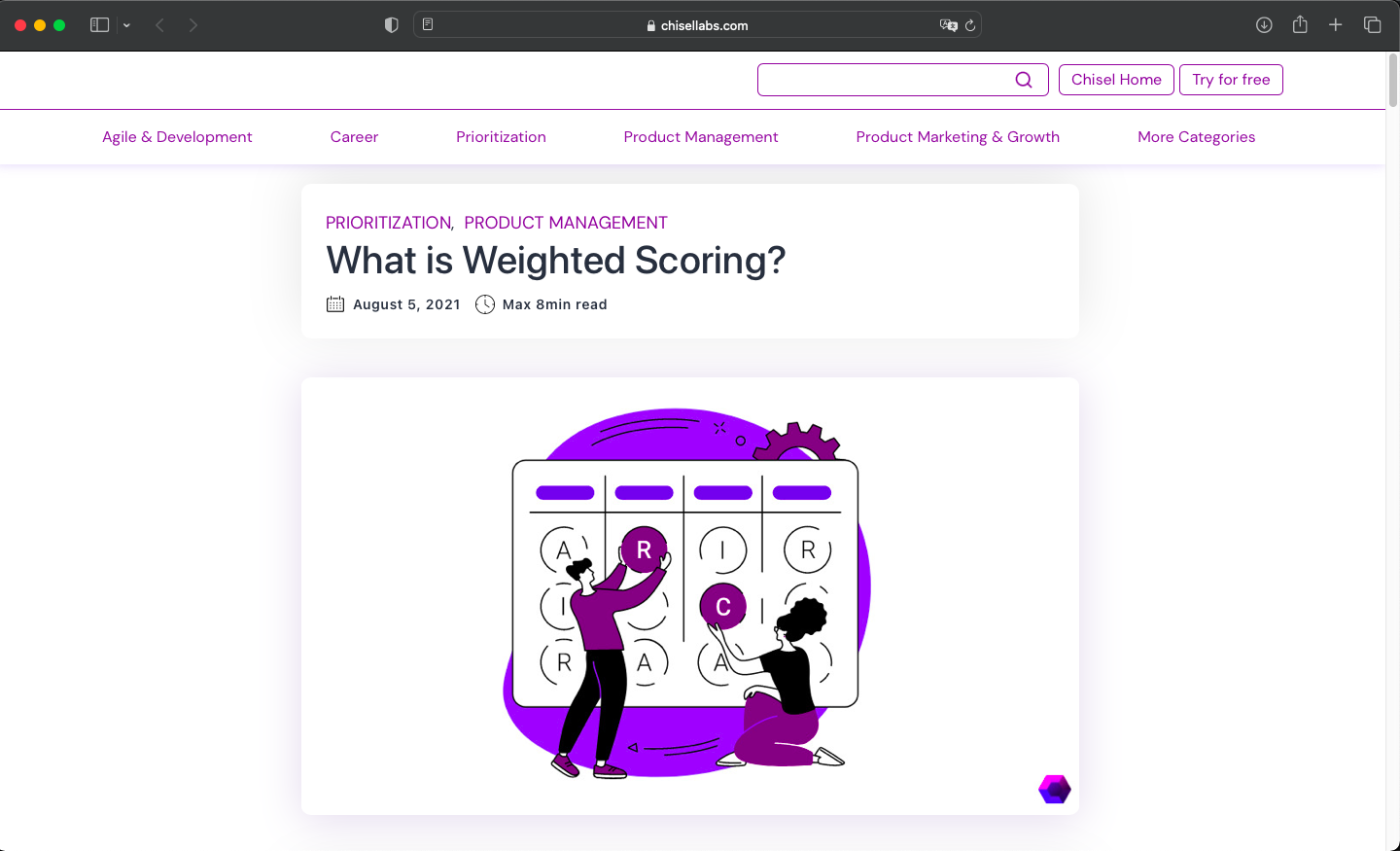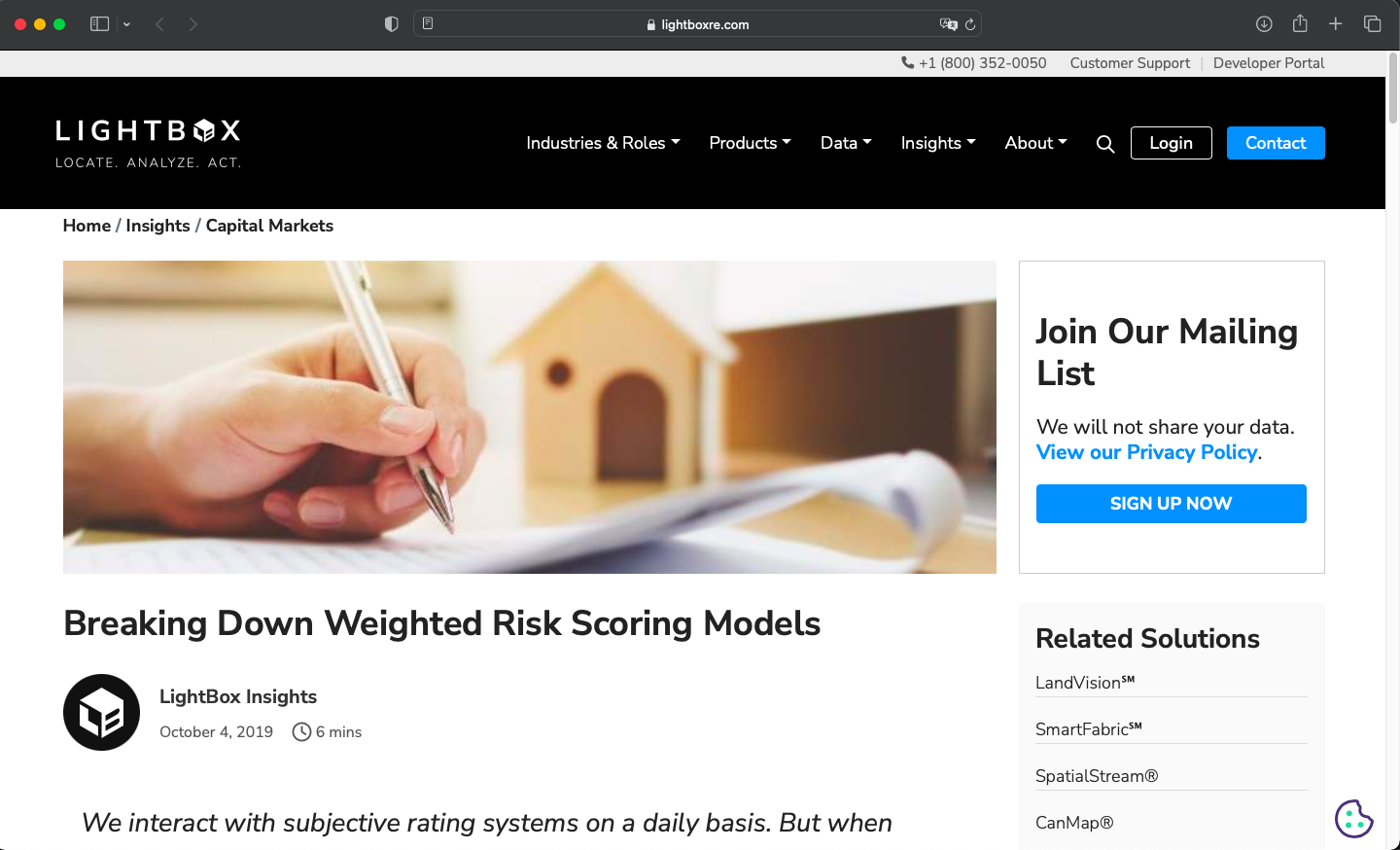Executive Summary
Selecting the right companies for a business development program to facilitate the implementation of water efficiency measures is complex as several (technical) criteria have to be considered. Weighted scoring tools can help put things into a clearer, more objective perspective by providing analysis benefits such as (adapted from LEMAY 2019):
- Being highly customizable,
- Being consistent and have limited bias (there can be some bias depending on who performs the scoring),
- Providing objective ratings for specific characteristics, rather than condensing subjective opinions into a single score that encapsulates a number of different factors.
- Being able to produce a meaningful assessment based on many different types of input data from which informed decisions can be made,
- Allowing for visualisation and comparison of results.
To create a weighted scoring model, the following steps are applied (adapted from ROMANELLI n.y. and CHISEL LABS 2021):
Step 1: Select and define the key factors and criteria that will be used to create the assessment. For the weighted scorecard for assessing and selecting companies for the GAIN Project we have defined five key factors. These are technical, financial, operational, economic and legal factors. Once you have established the key factors, define appropriate criteria for each factor.
Step 2: Assign weights to the individual factors based on their relative importance for the decision (so they all add up to 100%). Each factor is assigned its own weighting, which determines the factor's influence on the overall score. If all factors are equally weighted, this means that all factors are equally important for the decision. The higher the weighting, the more importance is attached to that factor.
Step 3: Rate the importance of criteria by assigning weights to each criterion (so weights add up to 100%). Each criterion is assigned its own weighting, which determines the criterion's influence on the overall score.
Step 4: Assign numerical scores (i.e., raw score values) to each criterion for all of the options being considered.
Step 5: Calculate the weighted scores by multiplying the weight for each criterion by its score
Step 6: Sum up weighted scores (under each factor) and convert to a percentage (i.e., normalise) them by dividing the sum by the maximum possible score to provide the indexed score (at the factor-level). The higher the index the better the performance with respect to the particular factor.
Step 7: Multiply each weighted score with the corresponding factor weight, sum up and normalise (scored out of 100) to provide the overall index.
Step 8: Use appropriate types of charts and graphs (e.g., radar chart, bar chart, etc.) to visualise results.
Step 9: Interpret charts and graphs (taking into account additional relevant information) to shortlist suitable companies for the business development service.
Templates
This Microsoft Excel template allows you to create a weighted scoring model to evaluate candidate companies and select the most suitable ones for your programme intervention.
CHISEL LABS

This webpage provides a step-by-step description on how to create a weighted scoring framework.
Breaking Down Weighted Risk Scoring Models.

This webpage uses an example to illustrate the idea of weighted scoring.
The Weighted Scoring Model – Project Management Tools & Techniques.

This webpage uses an example to explain the steps involved in creating a weighted scoring model.
